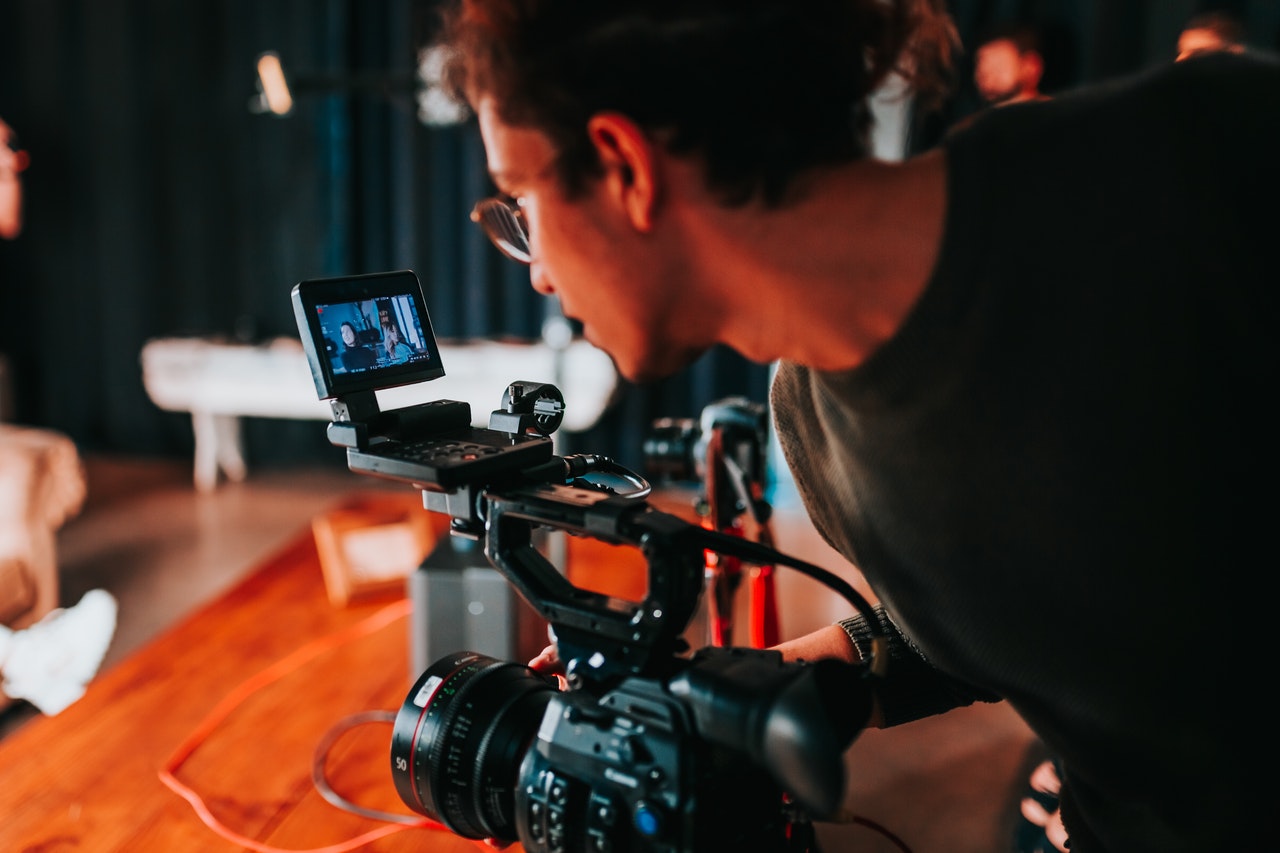Improving video quality is a multi-step process. By following the eight methods in this post, you can create videos to captivate and engage viewers. Continue reading →
In today’s digital world, video quality has become a critical factor in capturing and keeping viewer attention. High-quality visuals don’t just enhance the viewing experience; they boost audience engagement and retention, making content more impactful and memorable. With the right video quality enhancer and techniques, you can significantly improve video clarity, color, and resolution, creating professional-looking content that resonates with audiences. This guide covers the best ways to enhance video quality for impressive, viewer-friendly results.


The most effective way to elevate video quality is by using a video enhancement tool like HitPaw VikPea. This advanced video quality enhancer designed for both Windows and Mac users, offers a range of features to make your videos look professional. You can access a range of AI models to denoise, repair, colorize, stablize, reduce blur, enhance facial details, and related tasks. It even lets you change the resolution, format, and other aspects. You can even preview the output using its built-in media player before exporting it to your system.
Step 1. Upload the Original Video
The first step is to launch the software and choose “Video Enhancer” from the left side. Now, upload the source video to proceed.
Step 2. Select an AI Video Enhancement Model
It’s time to choose the enhancement model from the right side column according to the video requirement. You can also select the desired mode.
Step 3. Preview and Export
Lastly, press the “Preview” button. If the video is okay, go back and click the settings icon to choose “Resolution,” “Bit Rate,” “Format,” and the destination folder. Hit “Export.”
Aside from AI video quality enhancer, there are several practical steps to improve video quality from production to post-editing. Let’s explore:
Quality lighting is key to creating a clear and vibrant video. Natural light is excellent, but if unavailable, consider investing in softbox lighting or LED lights. Proper lighting can make your video appear more professional and visually appealing.
The best lighting setup for high-quality output is three-point lighting, including a main light, a fill light, and a backlight. The main light is the bright one facing the subject, the fill light is opposite to the key light and a little dimmer, and the backlight is behind the subject, separating the subject and the background.
Cameras and external microphones have a significant impact on video quality. Although smartphone cameras have improved, dedicated cameras provide better quality in terms of resolution, focus, and color depth. If you’re recording audio, a good external microphone can improve clarity and reduce background noise.
Adjusting your camera’s settings can enhance video quality before you even start editing. Key settings include:
Video quality isn’t only visual. Clear audio complements high-definition visuals, enhancing the overall experience. Use a dedicated microphone to reduce background noise, capture clear sound, and adjust audio settings during editing to achieve a balanced soundscape.
Name: color-balance-and-grading
Alt: Color Balance and Grading
Color correction and grading give your video a professional polish. Color balance adjusts the overall hue to look more natural, while grading adds a specific look or feel to your video. This process can make your footage appear more cinematic or vibrant, depending on your preference.
Shaky footage can distract viewers and lower the perceived quality of your video. Use a tripod or gimbal for stable shots, especially for handheld recording. Many video editing tools, including HitPaw, offer stabilization features to fix shaky footage during post-production.
Selecting the right file format, resolution, and bitrate is essential for achieving optimal quality. For example:
Editing software allows you to refine and polish your videos. Programs like HitPaw VikPea offer tools for color grading, stabilization, transitions, and more. Editing enhances the visual appeal and flow of your video, helping you achieve the final look you’re aiming for.
Video quality can suffer due to low resolution, poor lighting, high compression, or outdated equipment. Simple adjustments in lighting and resolution settings, as well as using quality enhancement tools, can significantly improve the final output.
AI video quality enhancer uses machine learning algorithms to analyze video frames and make adjustments that enhance resolution, reduce noise, and improve details. It can upscale videos, remove artifacts, and automatically adjust color & brightness.
Yes, there are various free video quality enhancer tools, like HitPaw VikPea’s free trial. However, for professional results, a paid video enhancer often provides more advanced options and better output.
Improving video quality is a multi-step process. By following the eight methods in this post, you can create videos to captivate and engage viewers. However, the best way to enhance video quality is by using a specialized tool like HitPaw VikPea. It offers quick processing and high-quality output to improve your videos. Try out this software today to give your videos the professional edge you deserve!
Think about the devices you use every day. Your phone, watch, and earbuds. They are…
Explore the benefits of dedicated remote servers. Ask questions. Choose wisely. You and your clients…
Implement regular assessments using simulated attacks to expose vulnerabilities in your systems. Early detection is…
Preparing for your forklift certification test doesn’t have to be overwhelming. It just requires you…
Discover the top 5 AI tools students are using in 2025 to study smarter, write…
Dedicated server plans in Germany represent a solid foundation for a wide array of projects.…